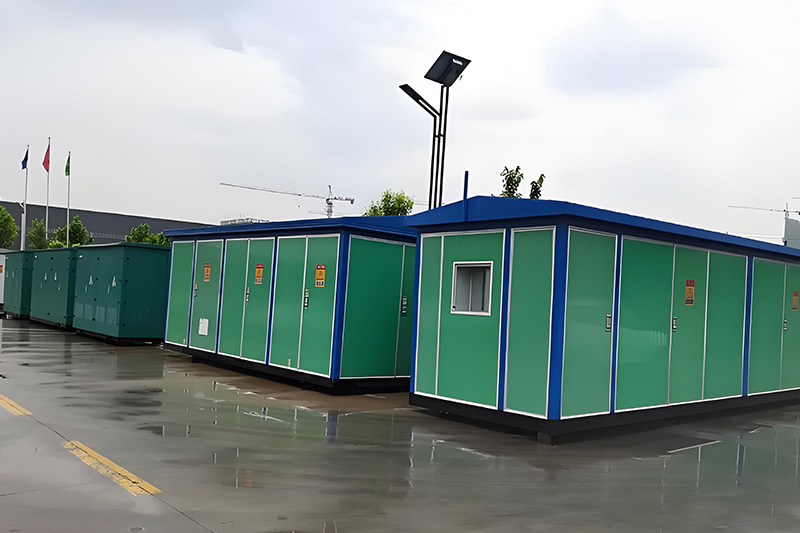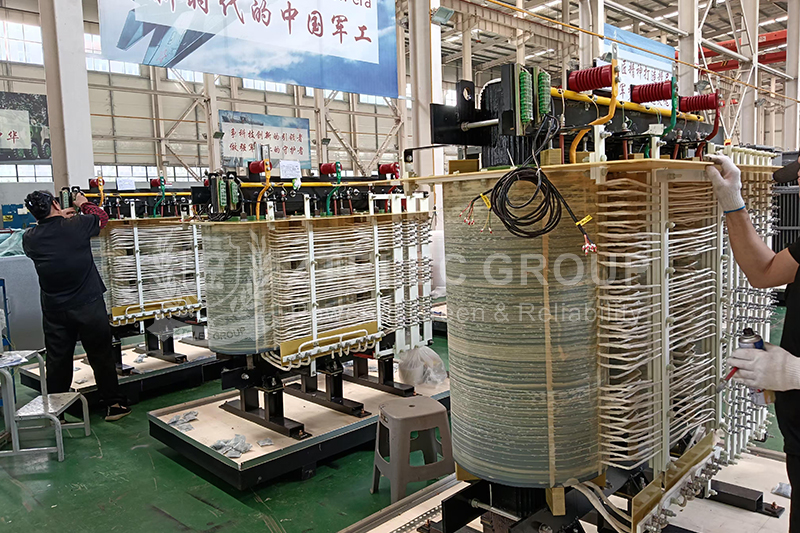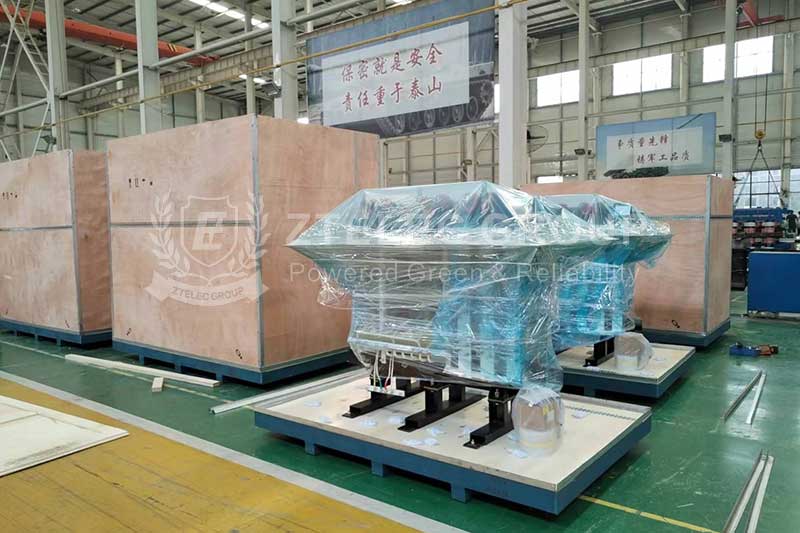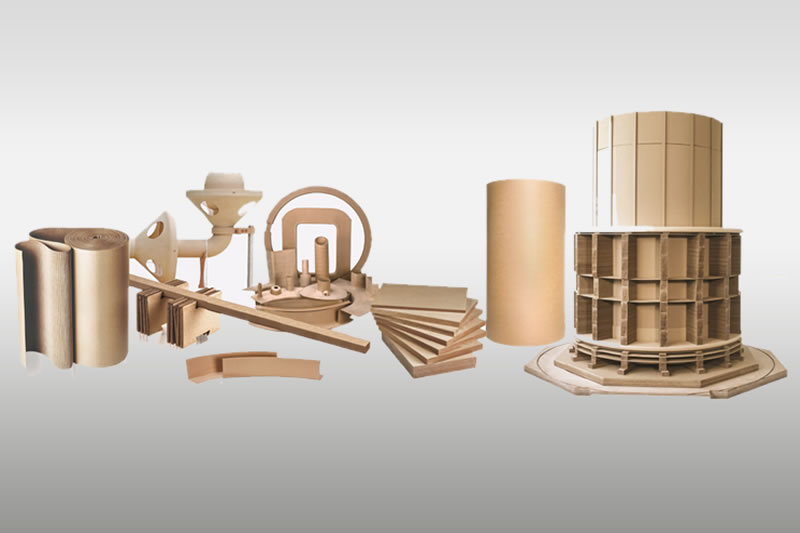Prefabricated Substations vs. Pad Mounted Transformers: Key Differences
Box-type substations are compact power distribution solutions that integrate high-voltage switchgear, distribution transformers, and low-voltage equipment. With advantages such as dust, moisture, and rust resistance, as well as fire prevention and theft protection, they have become increasingly important in modern urban power grids. Depending on structure and configuration, these substations can be categorized into prefabricated substations and pad mounted transformers. Although they serve similar functions, their design, performance, and application scenarios differ significantly.
1. Structure and Design
Prefabricated substations adopt a compartmentalized design, dividing equipment into three sections: high-voltage switchgear, transformer, and low-voltage switchgear. Each unit is housed in a sealed metal enclosure, ensuring effective isolation from dust and moisture. This structure provides a safe operating environment, improves system reliability, and simplifies inspection and maintenance.
Pad mounted transformers, also known as American-style box-type transformers, prioritize integration and cost efficiency. Their key high-voltage components such as load switches, fuses, and surge arresters are directly installed inside the transformer oil tank. The insulating and cooling properties of transformer oil ensure safe operation while reducing external components. Heat dissipation is achieved through the oil’s thermal cycle, and the design eliminates the need for an oil conservator. While more compact, maintenance requires access to the oil tank, making the process relatively complex.
2. Size and Space Requirements
Due to their independent compartment structure, prefabricated substations require larger installation areas. Safe clearances between the high-voltage, transformer, and low-voltage sections must be maintained, which increases site requirements but also allows for non-interfering operations and easier fault isolation.
Pad mounted transformers combine high-voltage load switches, fuses, and transformers into a single compact unit. This minimizes cabling, reduces installation footprint, and makes them suitable for locations with limited space. Their compact structure lowers land use costs, making them attractive for urban and commercial applications with restricted installation areas.
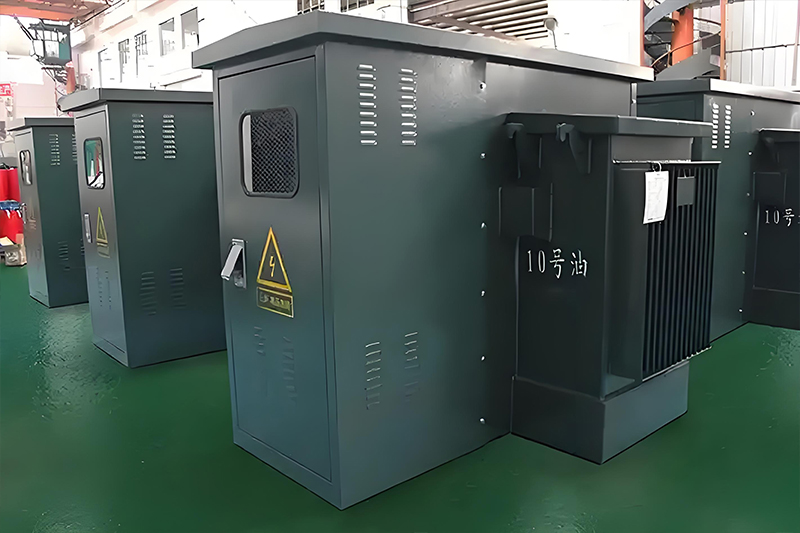
3. Protection Performance
Prefabricated substations provide more comprehensive protection. On the high-voltage side, they often use a combination of load switches and current-limiting fuses. When a fault occurs, the fuse blows first, followed by the load switch tripping via mechanical linkage, preventing single-phase operation. The low-voltage side also adopts dual protection through load switches and current-limiting fuses, ensuring safe isolation and enhanced fault clearing capability.
Pad mounted transformers rely primarily on fuses for overcurrent protection. Load switches in this design are used mainly for normal circuit switching and cannot handle large short-circuit currents. In the event of a single-phase fuse blowing, a three-phase imbalance occurs, which may trigger the low-voltage molded-case circuit breaker via undervoltage or overcurrent protection to prevent damage to downstream equipment. Although functional, this protection scheme is less robust compared to prefabricated substations.
4. Cost and Application Considerations
Prefabricated substations offer higher reliability, clear zoning, easier maintenance, and strong protective performance, but their larger footprint and higher investment costs limit their use in some regions. They are increasingly favored in urban power grid upgrades and renewable energy integration projects where safety and reliability are top priorities.
Pad mounted transformers, with their compact design and cost-effective performance, are widely adopted in applications where space and budget are critical factors. However, they lack the flexibility and protection performance of prefabricated substations, making them more suitable for smaller-scale projects and temporary installations.
5. Global Market Trends
Globally, stricter safety standards and growing urban energy demand are driving the adoption of prefabricated substations as the mainstream solution. Their comprehensive safety features and modular design make them ideal for smart grid applications. Meanwhile, pad mounted transformers continue to hold a niche market share, particularly in regions prioritizing cost efficiency and compact design. In China, both solutions coexist, but the market share of prefabricated substations is expanding steadily year by year.
Both prefabricated substations and pad mounted transformers are essential components in modern power distribution. Prefabricated substations provide advanced safety, flexibility, and reliability, making them suitable for long-term urban and industrial use. Pad mounted transformers, on the other hand, remain valuable for compact, budget-sensitive installations. Understanding their differences helps power utilities and engineers choose the right solution based on project requirements, site conditions, and long-term operational needs.
- more+releated article
- 2026-01-04Common Power Transformer Faults: Causes, Solut
- 2025-12-312026 New Year Holiday Notice
- 2025-12-31Operation, Maintenance, and Service Life Manag
- 2025-12-30How to Select a 100 kVA–500 kVA Distribution
- 2025-12-29The Impact of NHN NMN Composite Insulation on
- 2025-12-26Practical Application of GPO-3 Insulation Boar
- 2025-12-2510kV Transformer Replacement Timeline: Install
- 2025-12-25Low Smoke EN45545 GPO3 UPGM203 Laminated Board
- 2025-12-24Merry Christmas — ZTelecgroup Christmas Cele
- 2025-12-24How to Select a Suitable 50kVA–500kVA Distri

